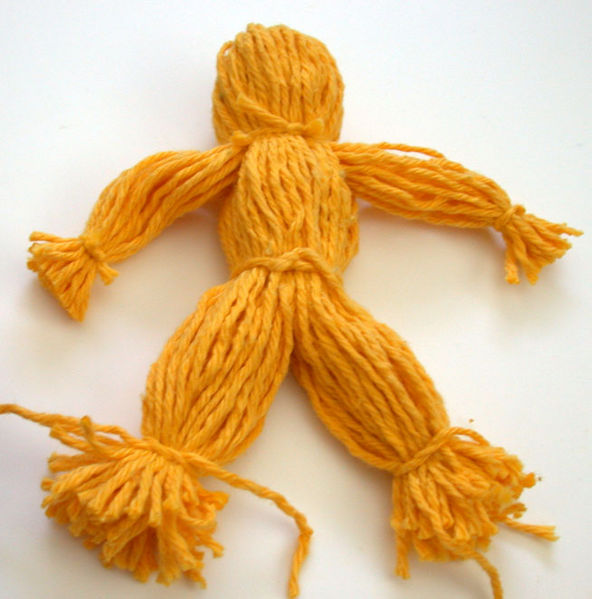Bilingual infants are not delayed in their language development
As we saw in a previous post, bilingual infants, that is children who acquire their two languages simultaneously, are far rarer than bilingual children who acquire their languages successively. They have been studied extensively, however, and the findings obtained are both fascinating and reassuring.
To help their children become bilingual from the onset, parents usually use a different language with them (for example, the father uses English and the mother Spanish) or they both use one language and other caretakers (a member of the family, a nanny, the personnel in a day care) use another language.
Despite the long-standing concern that infant bilingualism may delay language acquisition in children, the main milestones are reached within the same age spans in both monolingual and bilingual children. For example, researcher D. Kimbrough Oller and his colleagues have found that canonical babbling (that is, babbling using well-formed syllables, such as “da da da”) begins at the same age in the two groups.
As concerns the capacity to perceive different sounds, bilingual infants have to discriminate more possibilities but they do so very efficiently. Researcher Janet Werker and her team found that infants raised in a bilingual environment establish the phonetic representations for each of their languages in much the same manner, and on the same time course, as infants establishing representations for one language. However, if there are many similar sounds, bilingual infants may take a bit more time learning to discriminate them appropriately, which only makes sense. (See also the “Smart baby” post by Tricia Striano for recent work by this group).
As for when the first word is spoken, we’ve known for quite some time that monolingual and bilingual children do not differ; this takes place at around eleven months, on average. The development of two vocabularies by bilingual children also seems to follow the pattern found in all children. I contacted a leading expert on the subject, researcher Barbara Zurer Pearson, who confirmed that bilinguals are right on target with onset milestones, on the condition that they don’t have just cursory exposure to one of their two languages. All of the children she studied with her colleague, Sylvia Fernandez, showed the traditional “lexical spurt” (when a vocabulary increases suddenly) either alternately, depending on the strength of each language, or when both languages were taken together in the count.
Other researchers working on other aspects of language development have also reported similarities between monolingual and bilingual children: sounds or sound groups that are easier to produce appear sooner than those that are more difficult; some words are overextended (for example, when “doggie” is used to mean small four-legged animals); utterances slowly increase in length; simpler grammatical constructions are used before more complex ones, and so on. Clearly, language development as a human cognitive skill is not delayed in bilingual infants. This is a conclusion that has also been reached by researcher Laura-Ann Petitto and her team who have studied babies acquiring two oral languages as well as one oral and one sign language.
This said, we should keep in mind two factors discussed by researchers Virginia Yip and Stephen Matthews, among others. First, it may happen that certain linguistic constructs are more complex in one language than in the other and hence they can be acquired more quickly in the “simpler” or more transparent language.
Second, if one language receives more input than another, as often happens, then it may take on the role of the dominant language: more sounds are isolated, more words are acquired, more grammatical rules are inferred, etc.
In addition, the dominant language will have a tendency to influence the weaker language in the form of transfers, or the direct use of elements taken from it to fill various language gaps in the weaker language. This is especially prevalent when the children’s interlocutors know both languages. It is as if these budding bilinguals were telling themselves that the aim is to communicate after all, and if one language isn’t sufficient, then they’ll call on the other for help.
by Francois Grosjean, Ph.D.
Reference: “Acquiring two languages”. Chapter 15 of Grosjean, François (2010). Bilingual: Life and Reality. Cambridge, Mass: Harvard University Press.




An impressive share, I just given this onto a colleague who was doing a little analysis on this. And he in fact bought me breakfast because I found it for him.. smile. So let me reword that: Thnx for the treat! But yeah Thnkx for spending the time to discuss this, I feel strongly about it and love reading more on this topic. If possible, as you become expertise, would you mind updating your blog with more details? It is highly helpful for me. Big thumb up for this blog post!